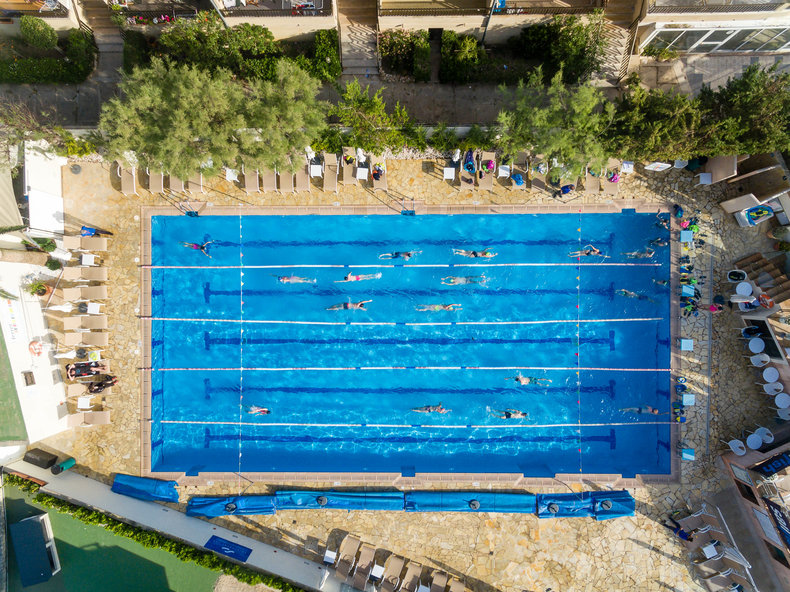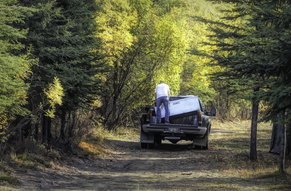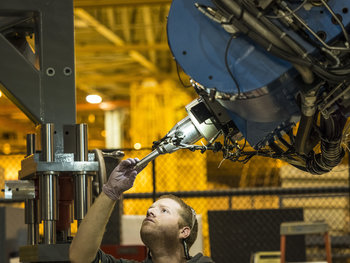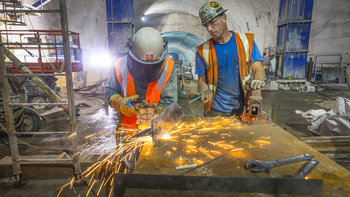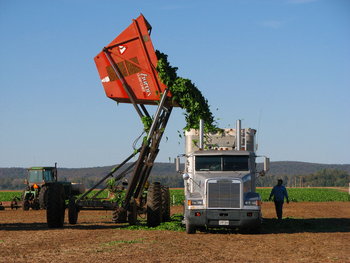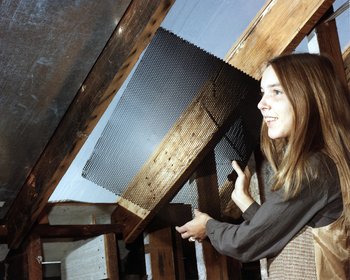Land improvements are assets that make land more economically viable. Any investments you make in improving land for business reasons can typically be recorded as a land improvement asset and deprecated over its useful life. The following are common examples of land improvements.
Animal features such as bat houses | Artificial ponds | Barbecue areas | Barns | Birdhouses | Boardwalks | Bridges | Camp sites | Culverts | Decks | Decontamination of polluted land | Docks | Drainage | Driveways | Erosion control | Fences | Fire pits | Fountains | Gardens | Gazebos | Greenhouses | Irrigation infrastructure | Landscaping | Lighting | Outdoor kitchens | Parking | Pathways | Patios | Playgrounds | Pools | Roads | Seating | Sheds | Sidewalks | Signs | Sports features such as tennis courts | Sprinkler systems | Stables | Trees | Walls |
|
Type | | Definition | Investments in making land more economically viable. | Type | | Related Concepts | |
Next: Business Assets
Business Assets
This is the complete list of articles we have written about business assets.
If you enjoyed this page, please consider bookmarking Simplicable.
© 2010-2023 Simplicable. All Rights Reserved. Reproduction of materials found on this site, in any form, without explicit permission is prohibited.
View credits & copyrights or citation information for this page.
|
